It’s one of the biggest crazes going on right now. It seems like Instagram, Facebook, and Pinterest are flooded with full-time RVers. Singles, couples, and families alike are getting in on the action. Not to mention gorgeous RV makeovers that would make Joanna Gaines swoon. We don’t typically think of ourselves as people who do whatever everyone else is doing, but here we are.
The truth is, this idea (for us) of becoming full-time RVers started several years ago…long before it was actually the “thing to do.” Don’t get me wrong, it was definitely a thing, but it wasn’t getting a ton of hype yet. But by the time we actually put a plan into motion, it seemed like it had become a nationwide phenomenon. And that’s totally okay. Because anyone who wants to live in tiny little space full-time and travel the country is someone worth meeting in my book.
The beauty of this nomadic lifestyle is that you can make it completely your own. There’s no one way to RV full-time, and there’s certainly no wrong way. It’s the type of lifestyle where “you do you” and that’s really all that matters, which was super appealing to us!
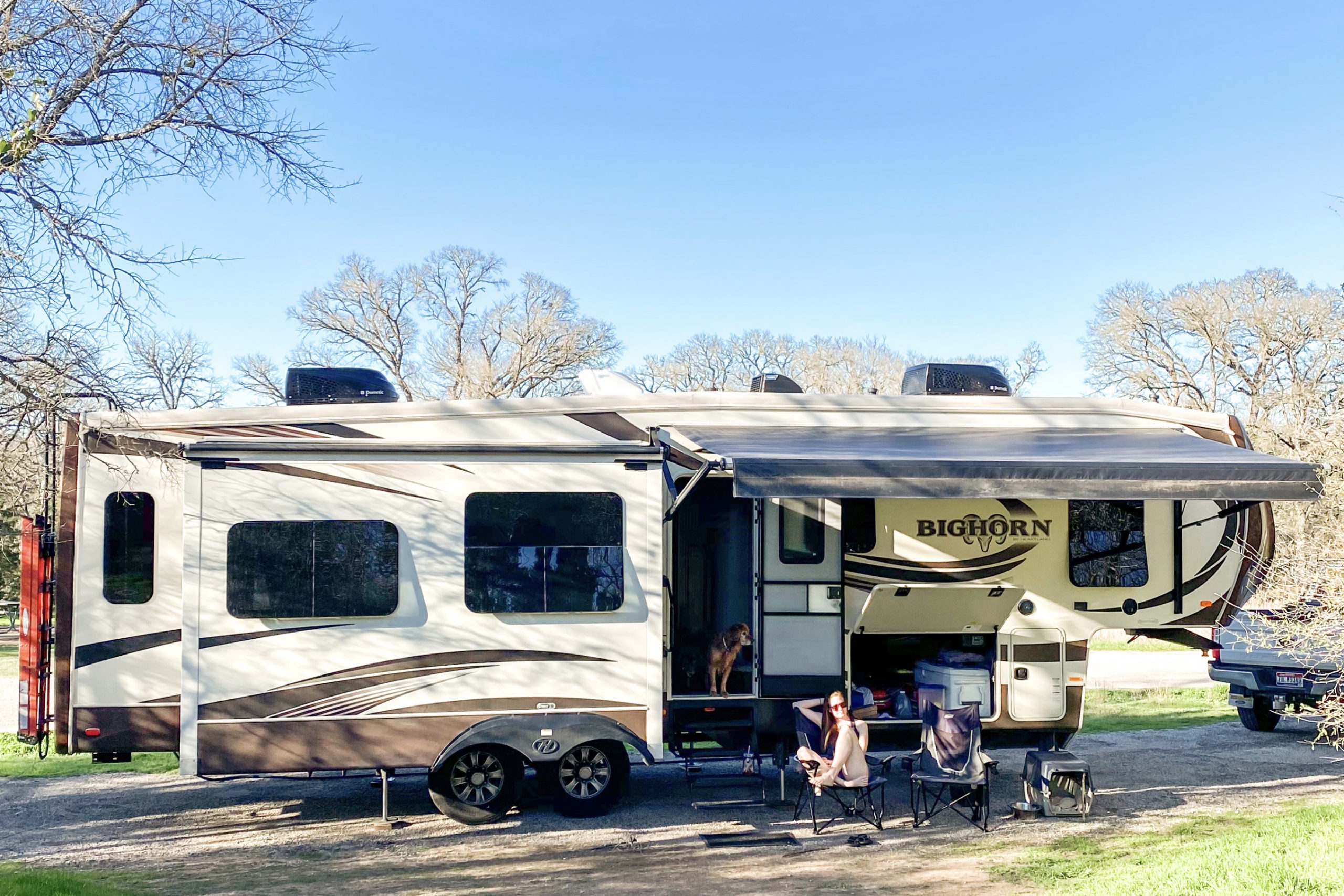
The First Time Around
We officially hit the road on January 12, 2017. At the time, we had a 28ft travel trailer, pulled by a Ford F250. And here’s the thing, we had zero plans. None. We literally just started driving. We typically didn’t have reservations for a campground until we were already on the road that day.
We did, however, have a goal. We wanted to find our next place to call “home.” Little did we know that it would take us to the complete opposite side of the country!
Jon and I originally grew up in PA. Soon after we got married, we moved out to South Dakota to where Jon’s parents retired. We quickly realized it wasn’t quite the right place for us in the season of life we were in, and so we packed up our entire life 5 months later and moved to South Carolina. We ended up staying there for 4 years before hitting the road as full-time RVers. He built a successful construction business, and I had built a successful portrait photography business. But life was just too busy. We both agreed it was time to simplify things – and simplify we did!
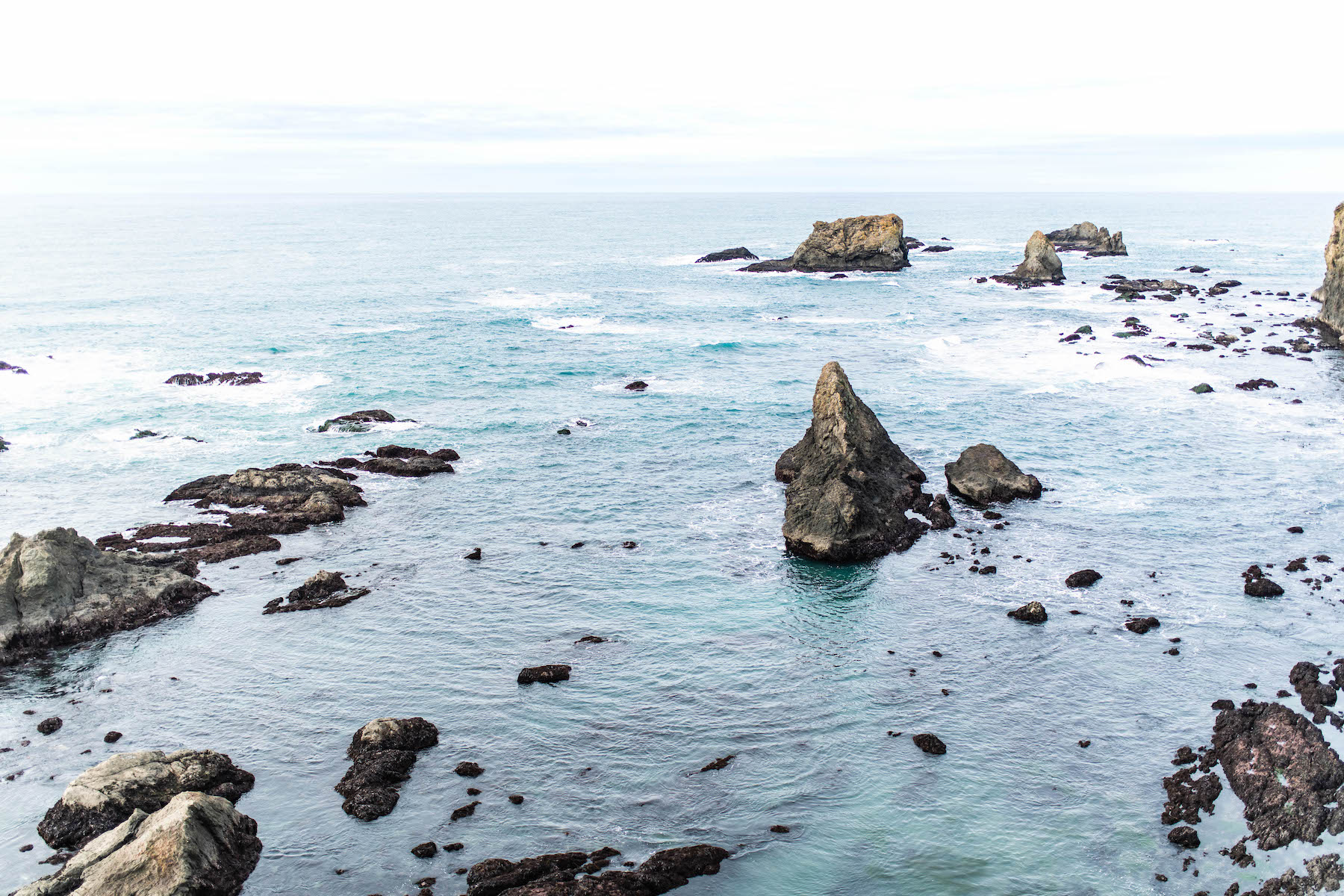
From South Carolina to Key West, New Orleans, Waco, and the Pacific Northwest, we spent a year and a half searching for that next special place. That search came to a halt when we stumbled upon a quaint little town in north Idaho called Sandpoint. Long story short, we spent a lot of time in prayer, deciding between two very different parts of the country. In the end, Sandpoint won out. And by June 2018, we had moved into an old rundown farmhouse on 20 acres.
Fast forward to the end of 2019. We realized that then traveling bug was hitting us hard, so we began making plans to hit the road again. We had since sold our fifth wheel that we had upgraded to in 2017, so we got lucky when we found a smaller layout that we loved just as much. And once again, we found ourselves with a cozy home-on-wheels.
The Remix
Nearly three years to the day, we set off for the second time on January 14, 2020. This time, with a completely different mindset and agenda. Full-time RVing, for us, is a way of life, not a Bucket List item to check off. It’s become very much a part of who we are.
When we are actively traveling, we limit our driving days to 5 hours. We learned from our first go around that driving 10 hours a day gets old pretty darn quickly. So we’re slowing things down this time; allowing for time to stop at unexpected places along the way.
One of our favorite things to do is Workamping. Basically, it’s a way to connect RVers to people who need help. Campgrounds are the most common, but we have found that we love to volunteer on small farms. Each job is different, but typically we would each work 20 hours a week in exchange for free electric and water hookups for our camper. It’s an incredibly rewarding experience, and the people we’ve met along the way are still people we keep in contact with often.
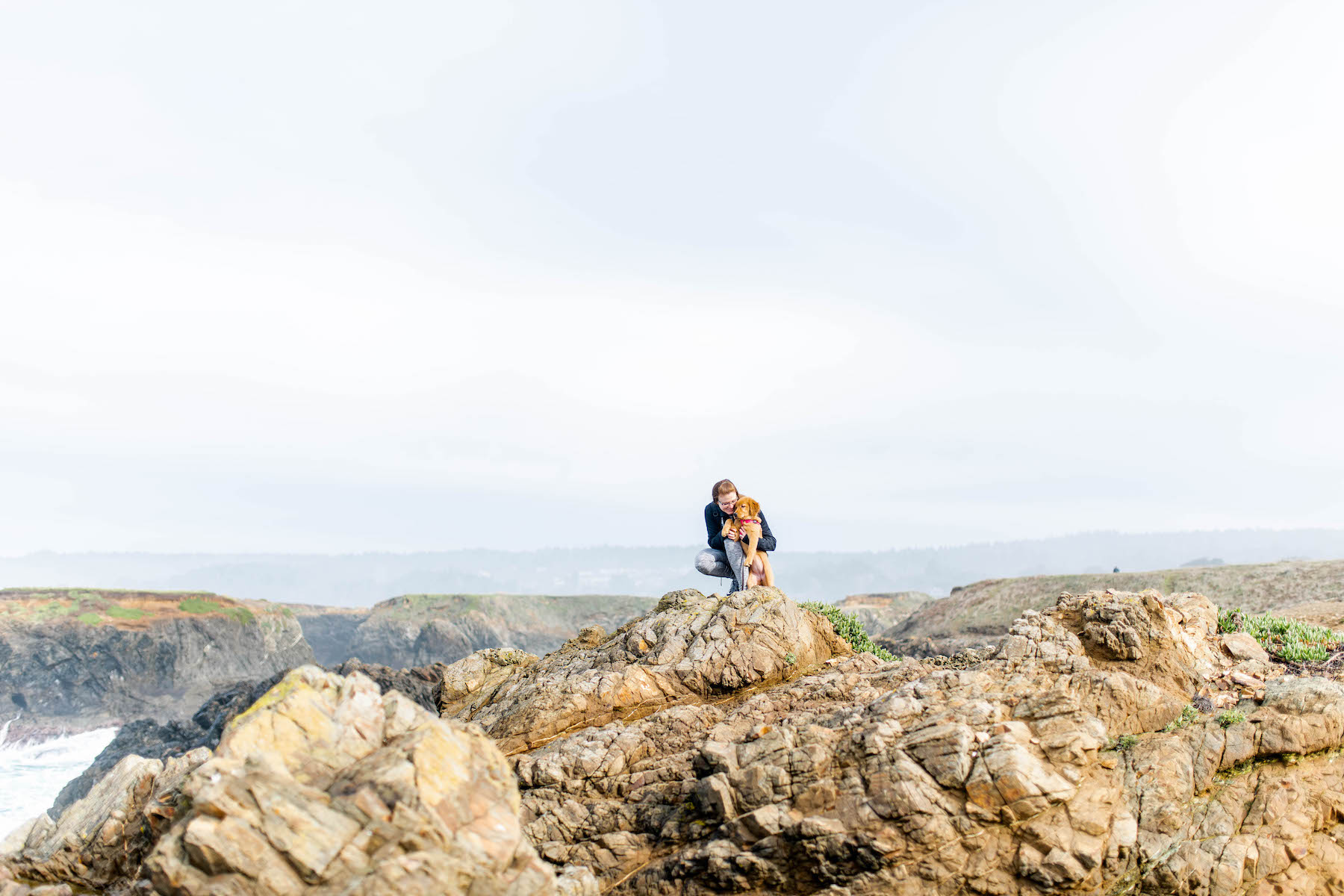
How Can We Afford to Travel Full-Time?
The most common question that we get is, “How are you making money?” It still makes me chuckle every single time, because it really is the most unknown part of this type of lifestyle. Because of our age, most people know we aren’t traveling on social security checks and retirement funds. So really, how does it work financially?
Well, for starters, it takes a lot of planning. Yes, as a Private Photo Editor, I can work from virtually anywhere that gets cell service. Jon still maintains his construction business on a small scale in South Carolina. But just because you have good jobs, doesn’t mean that RVing doesn’t require financial planning. Contrary to popular belief, being a full-time RVer can be quite expensive.
Campgrounds aren’t cheap. On average, you can expect to pay $30-40 per night. That means you could be spending, on average, $900-1,200 a month just in lodging. That’s a mortgage payment for most people! Extra expenses, like fuel, alone can add up pretty quickly. For example, we spent $1,300 just in diesel to get from Idaho to Florida. Wowza! Well, when you put it like that, why would anyone want to spend that much to travel??
Like I said, it’s a lifestyle. You have to love it. But don’t get discouraged if you’re thinking about making this your lifestyle, too. There are plenty of ways to save money.
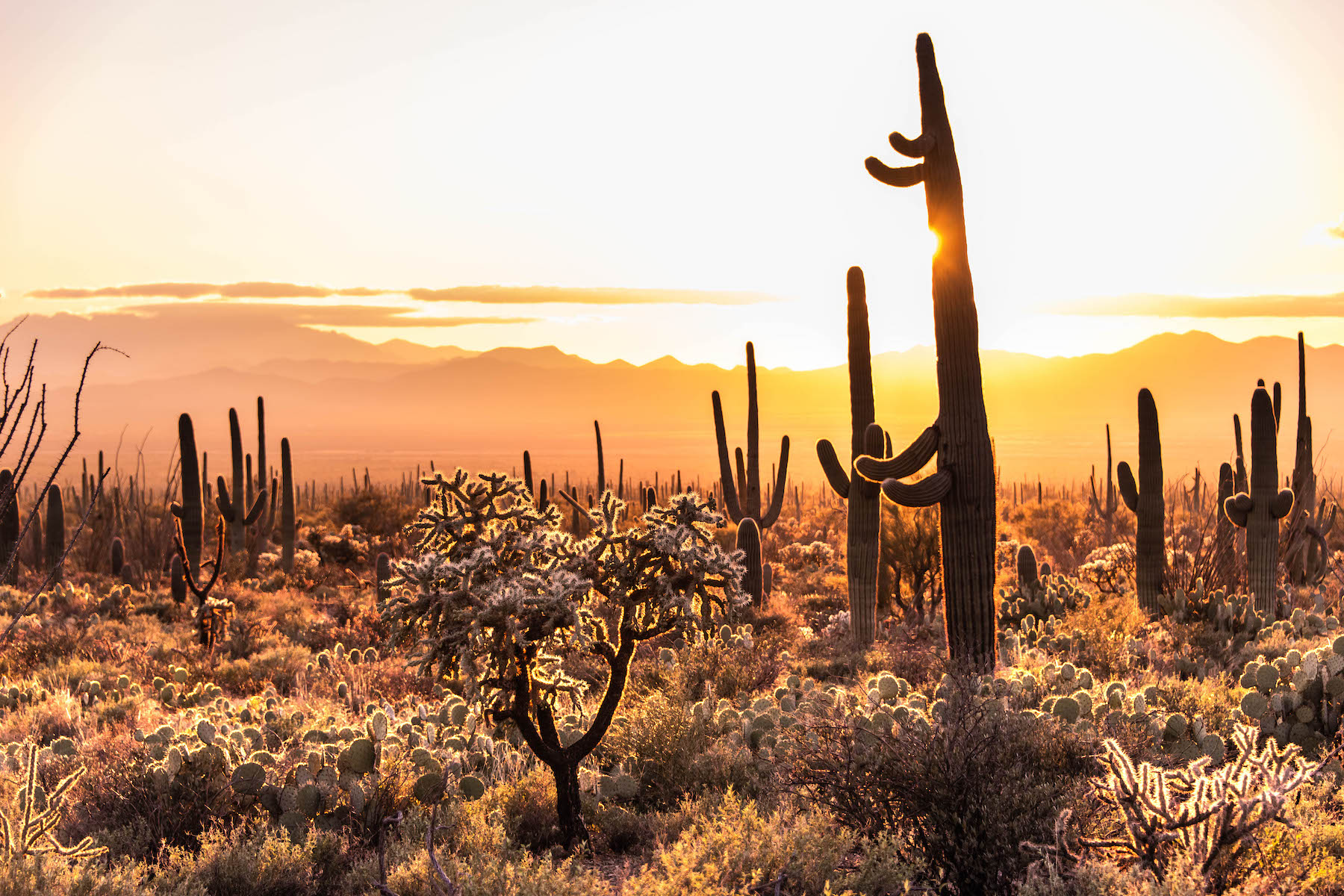
Full-Time RVing on the Cheap
When we travel, we definitely use several strategies for saving on expenses. You can’t really change the cost of fuel. That’s a given. But you CAN change the cost of lodging.
One of the easiest ways to save money as a full-time RVer is find alternative lodging. Forego the expensive campgrounds whenever possible.
One of our favorite lodging alternatives is called Boondockers Welcome. Boondocking is just a term we full-time RVers use to describe camping without hookups (electric, water, sewer). However, don’t let that deter you. Many hosts on Boondockers still offer limited hookups that will still allow you to feel right at home, just like you would in a campground.
The idea behind Boondockers Welcome is to connect travelers with host locations. These host locations are typically also RVers, themselves, who just aren’t traveling any longer. The stays are free with small, yearly membership fee of $30. So if you use a host location for one night, you’ve already gotten your money’s worth! It’s different per host, but some will allow longer stays up to 4 or 5 nights. Most, however, are for one or two night stays.
A similar alternative to Boondockers is another host service called Harvest Hosts. They are typically true boondocking sites, so don’t expect hookups. But you can stay at farms, vineyards, and breweries across the country. It’s a free night stay, typically with a gratuitous purchase from their place of business.
Another great way to save on lodging is by Workamping (as mentioned above). Become a campground host or help out on a farm. The downside is that Workamping jobs are typically for longer periods of time; some require you to stay an entire 3-month season.
And if the scenery out your RV windows isn’t a big deal to you, you can always consider staying in places like Cabela’s, Walmart, and Cracker Barrel. Yes, I’m serious. Use the app I mention below to find the nearest one, and then call to inquiry about where to park, etc. Be mindful, though. Some Walmarts don’t allow overnight stays, so be sure to check in ahead of time.
How We Plan Our Trips
Really quick, and then I’ll let you go (because I could on forever about this stuff). I want to share how we plan our full-time RV travels.
The app that I could NEVER live without is called AllStays (Camp & RV). Find it. Download it. Familiarize yourself with it. It’s an invaluable tool that has helped us get from Point A to Point B every single travel day. Not only does it help us find lodging, but we can also look up the nearest rest stop, Walmart, Flying J, and so much more.
As I mentioned before, we often don’t really plan ahead. More often than not, we won’t know the actual campground that we’re staying at until we actually hit the road that day and begin driving. However, that strategy isn’t always the best. Make sure to keep in mind tourist seasons for whatever region of the country you’re in at the time. Campground availability can be hit or miss during the summers in the Northwest, and during the winters in places like Arizona and Florida.
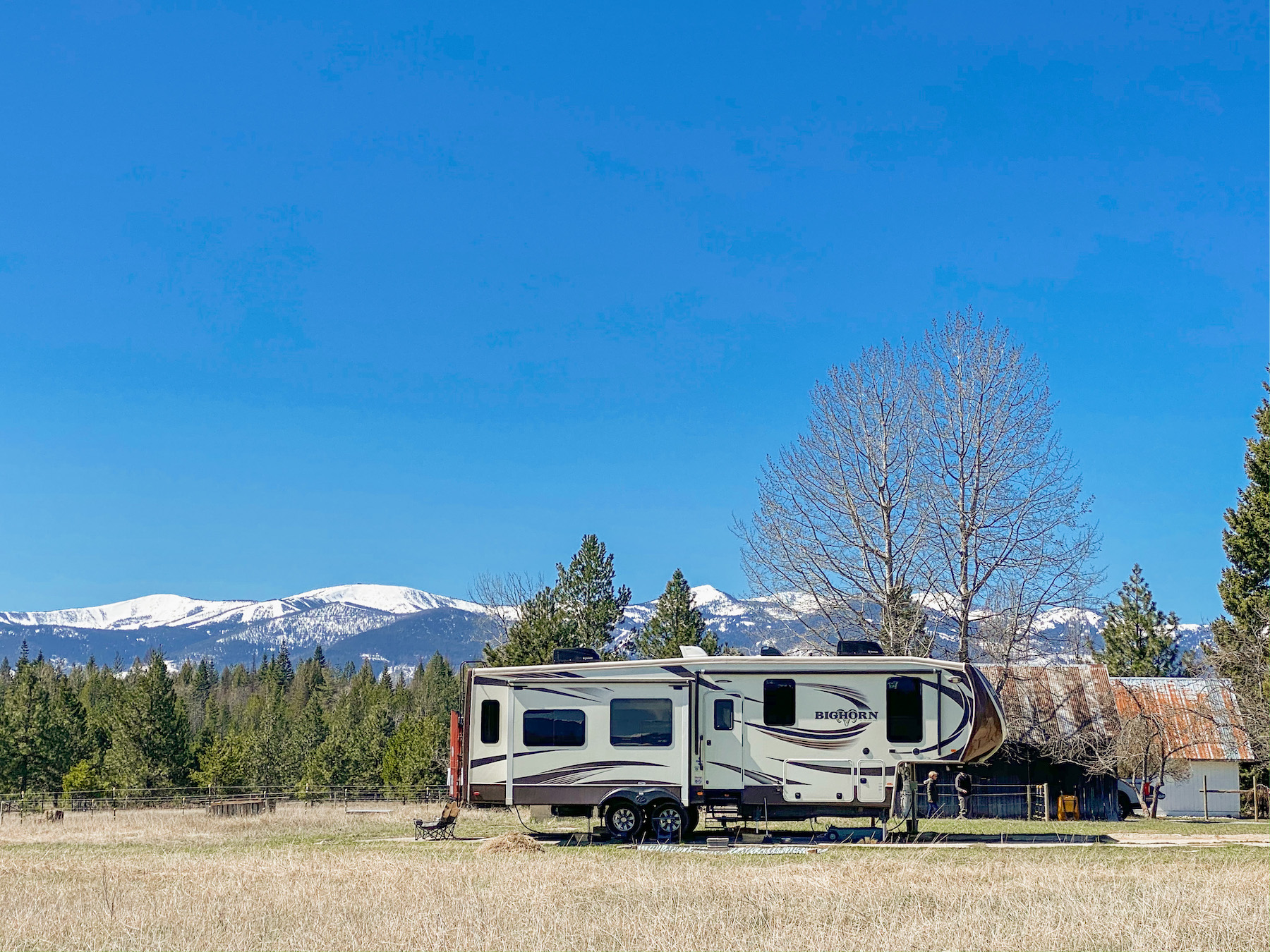
Currently, we’re back home in Sandpoint, Idaho. Due to the unforeseen effects that the Coronavirus has had on our country (and the world), we decided to come home a little early. We are currently facilitating the sale of a portion of our property, and hoping to hit the road again very soon.
I hope you got some useful information today. Whether you might be considering your own nomadic lifestyle, or perhaps just wanting to plan a fun vacation for the family, these resources should help you get started off on the right foot!
Remember to follow me on Instagram! You can follow our travels on my personal Instagram account, too. =) We also have a travel blog (that is in desperate need of an update) that you can subscribe to. Keep up with all of our adventures, and receive more tips and tricks for being a full-time RVer.
If you have specific questions about traveling, hit me up! I love talking shop about all things RVing.



Leave a Reply